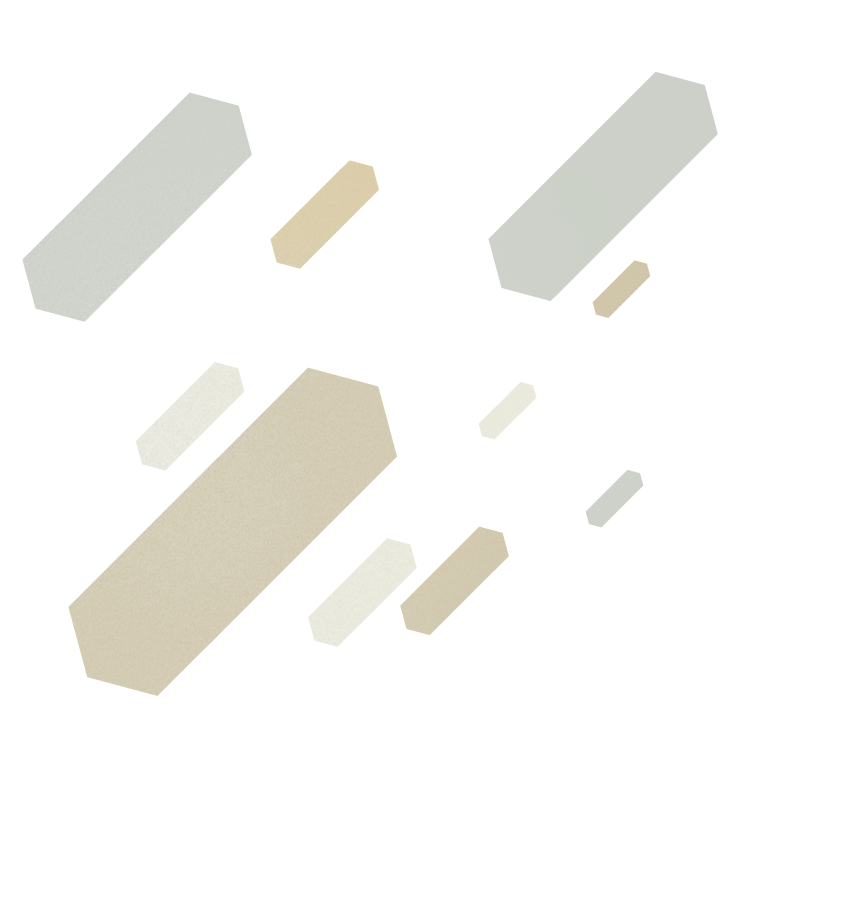


All moving objects generate an acoustic wave. If they do not move too slowly or too quickly, we can hear sound. If it is harmonic (periodic) movement, we hear definite pitches. The eight planets of the Solar System generate sixteen periodic acoustic waves, two each, which result from their revolutions around their own axes and around the Sun. Unfortunately, the planets move too slowly for these hypothetical sounds to appear in the frequency range audible to the human ear. If, however, we transpose them from twenty to thirty octaves higher...
Each sung vowel, regardless of pitch, has its own permanent chord consisting of the local extremes of the spectrum called formants. It is different for female and for male voices. If we accept the principle that the vowels of the texts imply the use of a chord built of formants...
In the electroacoustic layer of the piece, I applied several sound-transforming and -generating modules included in the Waveblocks software, written by Marcin Rupociński in Max6 language. I am grateful for the opportunity to use this software in my work.
The oratorio was commissioned by the Space Research Centre of the Polish Academy of Sciences and the Warsaw Autumn Festival, to commemorate the placing on the Earth orbit of Heweliusz, Poland’s second satellite, named after the great Polish astronomer. In the composition, I use three texts related to his scientific publications: the full title of his Machinæ cœlestis pars posterior, the motto of his treatise Selenographia, borrowed from the Book of Isaiah, and the motto that appears on the title page of Epistolæ II – two letters by Johannes Hevelius.
Stanisław Krupowicz
Machinæ cœlestis pars posterior, rerum uranicarum observationes, tam eclipsium luminarium, quam occultationum planetarum et æquinoctiorum una cum reliquorum planetarum fixarumque omnium hactenus cognitarum globisque adscriptarum æque ac plurimarum hucusque ignotarum observatis; pariter quoad distantias, altitudines meridianas et declinationes; additis innumeris aliis notatu dignissimis atque ad astronomiam excolendam maxime spectantibus rebus, plurimorum annorum summis vigiliis indefessoque labore ex ipso æthere haustas permultisque iconibus, auctoris manu æri incisis, illustratas et exornatas tribus libris exbibens.
Of the celestial machine, part two: observations of phenomena in the sky, of eclipses both of the Moon and planets, of equinoxes, and of other, already known and described planets and permanent heavenly bodies, as well as of many hitherto unknown, with information about their distance, meridian altitude and declination – and additionally a great many other notable discoveries important for the science of astronomy, made owing to many years of tireless effort, from direct observation of the skies themselves, with numerous drawings by the author himself, now made available to the reader in three illustrated books.
Johannes Hevelius, full title of Machinæ cœlestis pars posterior
Attolite in sublime oculos vestros et videte quis creaverit ista.
Isaiah 40:26. Selenographia – motto on the title page
Lift up your eyes on high, and behold who hath created these things...
Isaiah 40:26 (Authorized King James Version)
Cœli ennarrant gloriam Dei...
Psalm 19:2. Epistolæ II – motto on the title page
The heavens declare the glory of God...
Psalm 19,2 (Authorized King James Version)




